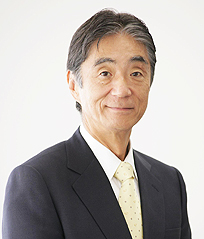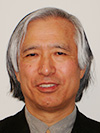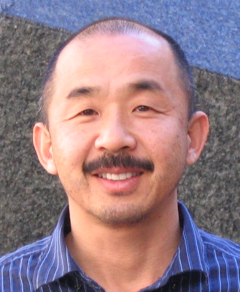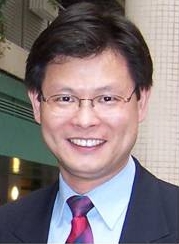Keynote speakers
 BHI 2013 Keynote Speaker:
BHI 2013 Keynote Speaker:
Marcel A. Just
Carnegie Mellon University, USA
http://www.psy.cmu.edu/people/just.html
The neural structure of human concepts: Applying machine learning and factor analysis to brain imaging data
Abstract:
This talk will describe the discovery of a set of biologically-driven semantic dimensions of thought that underlie the brain representation of familiar concepts. The main thesis is that the subsystems of the human brain provide the building blocks for the neural representation of all concepts. Our research applies machine learning and factor analysis methods to fMRI brain images acquired while subjects are thinking about individual concepts.
For example, the brain representation of individual concrete nouns like hammer or apple has three main neurosemantic factors underpinning their brain representation, factors which we label manipulation, shelter, and eating. When we encounter a concrete inanimate object, we mentally catalog it primarily in terms of how our bodies interact with the object (the manipulation factor), how we can be sheltered or enclosed by it, and how we can eat it. Each of these factors is neurally represented in 3-4 different brain locations corresponding to a cortical network of co-activating regions. In this example, the neural representation of an apple consists of motor representations of holding an apple, as well as representations of mouth movement and tasting an apple. This general approach provides a way to identify a person's thought from their fMRI activity, with good accuracy.
Furthermore, the approach is extensible to other types of concepts, such as numerical quantities, interpersonal interactions, and emotions. A future application of the approach is diagnosis of a psychiatric alteration in thought based on the alterations in the fMRI signatures of critical concepts.
Speaker Biography:
Marcel Adam Just, the D.O. Hebb Professor of Cognitive Neuroscience at Carnegie Mellon and Director of its Center for Cognitive Brain Imaging, is a researcher and scientific contributor in a broad set of areas of neuroscience, with major funding for over three decades from NIH (including a Senior Scientist Award) and ONR (Office of Naval Research). He is the 2012 recipient of the Distinguished Scientific Contribution Award from the Society of Text & Discourse. He has made pioneering brain imaging contributions in autism, dyslexia, multitasking, and thought identification (from brain images) that have been published in leading journals. He is the developer of one of the leading theories of autism, has helped to develop the first successful attempt to decode a simple thought from a person’s brain activity (published in Science), has demonstrated the brain consequences of cell phone use during driving, and has demonstrated for the first time that the brains of children who are poor readers can be changed, not just in how they activate, but also in their very anatomy. In addition to the scientific research, he has also been involved in relating neuroscience findings to public policy, including providing testimony on the biological basis of autism to the U.S. House of Representatives Government Reform Subcommittee on Human Rights & Wellness, and testimony on cell phone use during driving to the Pennsylvania House of Representatives Transportation Committee Hearing.
Special AMT-BHI 2013 Joint Keynote:

Professor Yuichiro Anzai
President, Japan Society for the Promotion of Science, Japan
Title: Human-Robot Interaction: Our Experience Since 1991
AMT 2013 Keynote Speakers: | ||
 Yuzuru Tanaka Hokkaido University, Japan |
 Carl K. Chang Iowa State University, USA |
 Andrzej Skowron Warsaw University, Poland |
BHI 2013 Keynote Speakers: | ||
 Shinsuke Shimojo California Institute of Technology, USA |
 Marcel A. Just Carnegie Mellon University, USA |
 Jiming Liu Hong Kong Baptist University, HK SAR |